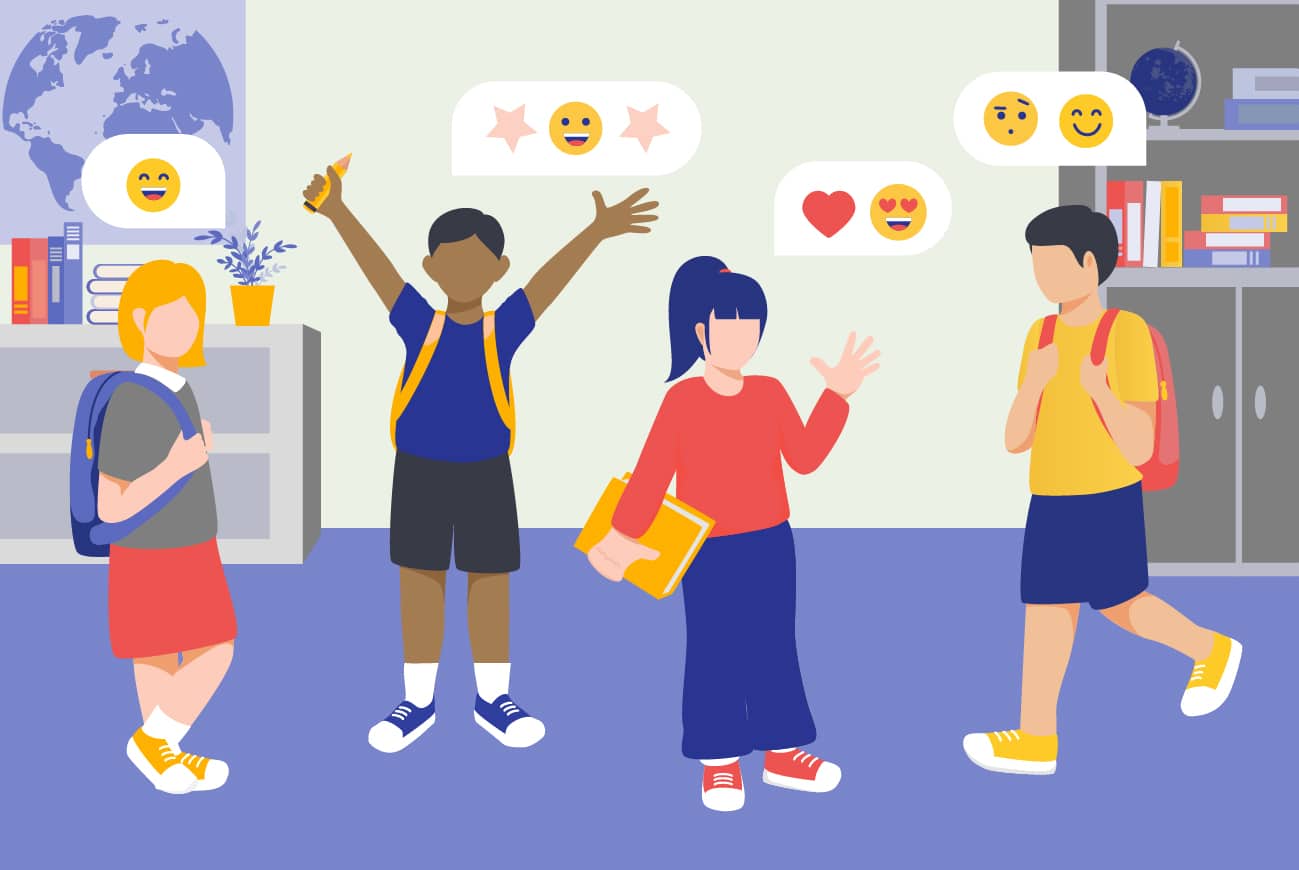Understanding Social Emotions and Their Impact on Life
2024-12-04
Social emotions, how our interactions with others influence our feelings, play a significant role in shaping our daily experiences and overall well-being. Whether we're influenced by a group dynamic or an individual’s behavior, these emotions can have profound effects on our mental state, decision-making, and relationships. This article explores the impact of social emotions, discusses relevant research, and provides insights on understanding and managing these influences.

The Role of Social Emotions
Social emotions arise when we observe and interpret the behavior of others, whether within a group or during one-on-one interactions. These emotions include:
Positive emotions: Joy, admiration, gratitude, and pride. Negative emotions: Fear, anger, envy, and shame.
For example, being in a supportive group may evoke feelings of belonging and happiness, while a conflict-ridden environment might trigger anxiety or frustration. Similarly, an individual’s praise can boost confidence, while their criticism might lead to self-doubt.
Research on Group and Individual Emotional Impact
Studies in psychology and sociology have highlighted the significant influence that groups and individuals have on our emotions:
-
Group Dynamics: Research shows that emotions within groups are often contagious. A group experiencing high levels of stress can propagate fear or tension among its members. Conversely, a positive group atmosphere can uplift individuals, fostering a sense of community and motivation.
-
Individual Interactions: Personal interactions also play a crucial role. Emotional responses to close relationships, such as trust, love, or betrayal, often have a stronger impact on mental health than group dynamics.
Understanding these influences is key to managing how external factors affect your emotional well-being.

Interpreting Social Emotion Statistics
Using tools like the My Emotion app, users can quantify the percentage of their emotions affected by groups or individuals. This data provides valuable insights into the sources of emotional triggers and helps users identify patterns.
-
Good Range (0-30%):
Group or individual influence is moderate and primarily positive. At most, 30% of the time, these interactions may cause negative emotions, while the remaining 70% foster positive feelings. This indicates that your social relationships promote growth, connection, and productivity.
-
Warning Range (31–60%):
Influence begins to tilt negative, with an increasing number of instances where groups or individuals make you feel bad. This may suggest mild emotional dependency or the emergence of potentially harmful dynamics.
-
Bad Range (61–100%):
This indicates a heavy and often detrimental emotional influence. High levels of fear, anger, or stress caused by external factors can result in burnout, anxiety, or strained relationships.
Managing Negative Social Emotions
If users notice a high percentage of negative emotions—especially those stemming from fear, anger, or stress—it’s important to take action:
- Set Boundaries: Limit exposure to negative groups or individuals.
- Reflect on Triggers: Identify specific behaviors or situations that cause negative emotions.
- Seek Support: Engage with supportive individuals or groups to counteract negative influences.
- Practice Emotional Regulation: Use techniques like mindfulness, journaling, or professional guidance to manage intense emotions.
Conclusion
Social emotions are inevitable, but understanding their impact can help us regain control over our emotional health. By tracking emotions with tools like "My Emotion," users can identify patterns, minimize the influence of negative triggers, and foster a healthier emotional state. Regular tracking allows for early intervention, helping individuals maintain balance and reduce the negative impact of social dynamics on their lives. Start reflecting today to build a more resilient and emotionally aware future.


